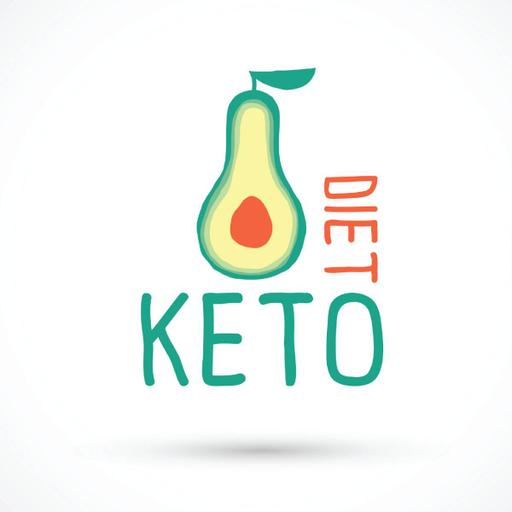Ketone Bodies
Presentations | English
Ketone bodies are small lipid-derived molecules that serve as a circulating energy source for tissues in times of fasting or prolonged exercise. Fatty acids in adipose tissue contain over 80% of the human body's stored energy. Ketone metabolism consists of the oxidation and utilization of ketone bodies by mitochondria, especially in organs with high energy demand. This process produces NADH and FADH2 for the electron transport chain and delivers acetyl CoA for gluconeogenesis. The ketone bodies are efficiently metabolized in peripheral tissues except in the brain. Hepatic ketogenesis is suppressed and upregulated by insulin and glucagon, respectively. The ketone bodies and AMP suppress REBP trans activity and de novo lipogenesis in the liver. Ketone bodies are produced by the liver and used peripherally as an energy source when glucose is not readily available. Body fats and proteins are broken down for energy, producing ketones as a waste product.

20.00
Lumens
PPTX (80 Slides)
Ketone Bodies
Presentations | English
